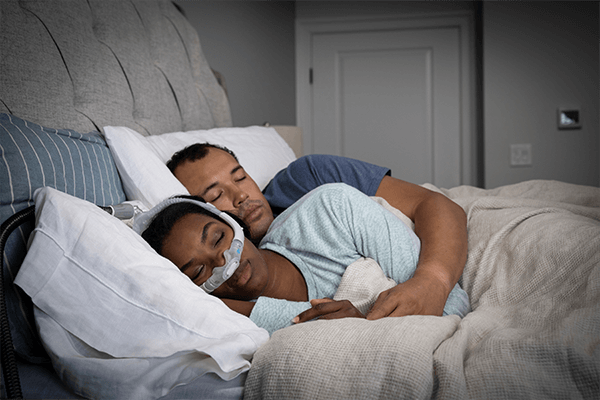Benefits of treating sleep apnoea – Improving health and wellbeing

August 23rd 2023
Has your doctor said you need to use CPAP machine to treat sleep apnoea? It might have come as a bit of a shock, and it’s natural to feel wary about introducing unfamiliar equipment and processes into your life – and your bedroom! One of best ways to prepare yourself is to focus on how these changes will improve your life, thanks to the benefits of CPAP therapy.
The same applies if you’ve been receiving treatment for a while and need motivation to keep going. Reminding yourself of the benefits of CPAP therapy – and your life before and after a CPAP machine – is also going to be a positive, so let’s do that today!
But first, here’s a quick recap of what CPAP therapy is and what it does…
What is a continuous positive airway pressure (CPAP) machine used for? ➜
How does a CPAP machine work? ➜
The benefits of treating sleep apnoea on how you feel ➜
Benefits of treating sleep apnoea for your health ➜
Benefits of sleep apnoea treatment for the wider healthcare system ➜
Some claims about CPAP benefits that may surprise you! ➜
How long will it take me to feel these CPAP therapy benefits? ➜